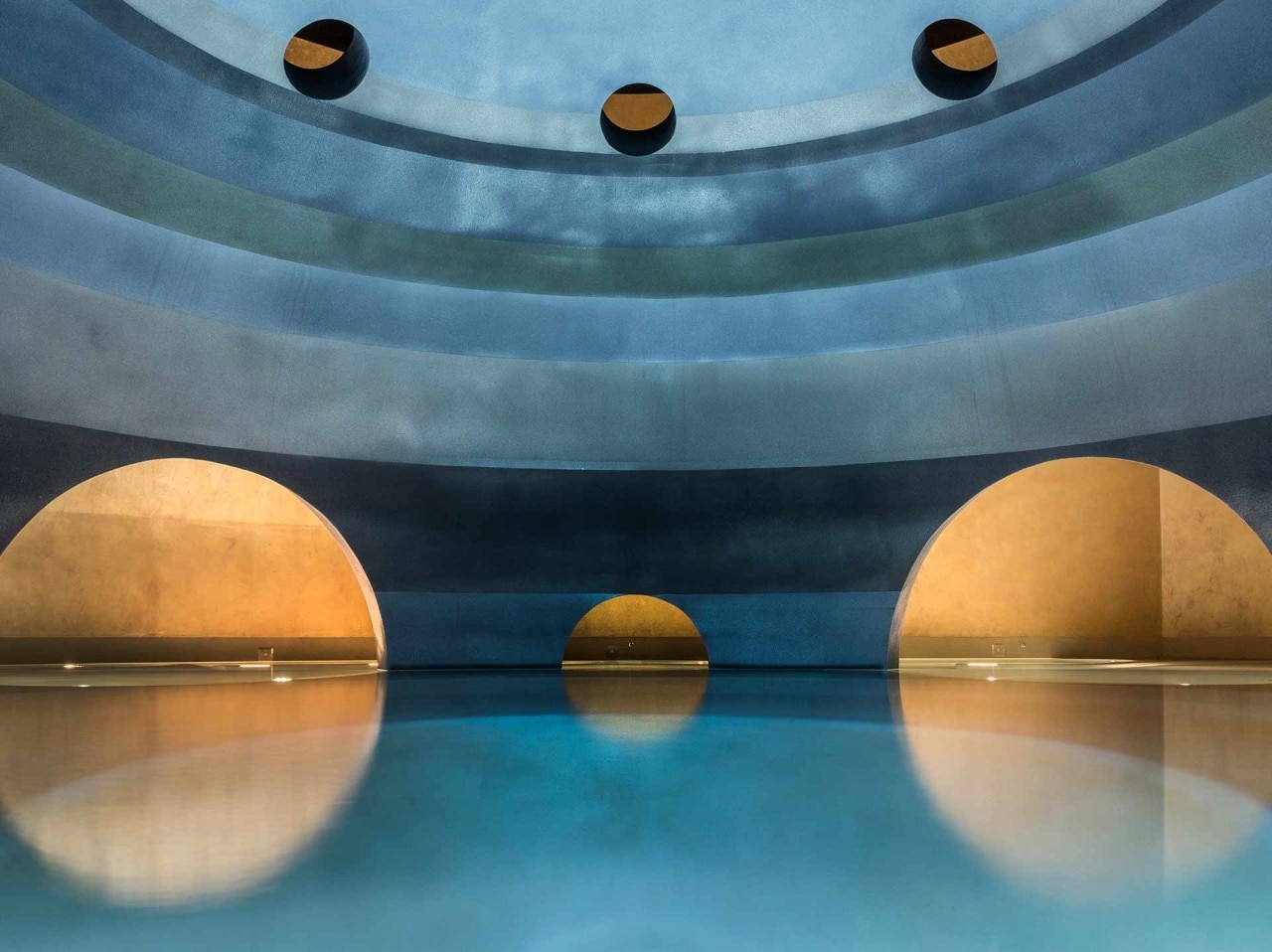Since prehistoric times man has made use of thermal waters for their antiparasitic, therapeutic and hygienic abilities, considering water the simplest and most natural medicine, and therefore a precious sacred element: the springs were places where to get relief in case of illness or where to bathe to relieve the pain of wounds. Egyptian priests, for example, had to wash themselves several times a day to preserve their purity, but, however, it was with the Hellenic civilization that bathing began to assume aspects partially distinct from ritual ones. The Roman baths, later, were public buildings, precursors of today’s facilities built near thermal forts.

Later the word spa became common use and became the term par excellence of thermalism, a term originating from the Belgian town Spa, known since the 14th century for its mineral waters. In recent years, thermal parks — and visits to them — have increased exponentially both in Italy and in Europe, becoming more and more detached from the narrow thermal typology, joining hotels or other collective functions.
From the Icelandic Blue Lagoon to the historic baths of Budapest, there are many variations of this ritual. We present, in this case, a selection of ten spas — some on the nearest Alps, others scattered around the world — signed by important architectural firms, with their personal interpretations of this historical and eternal moment of well-being.




































